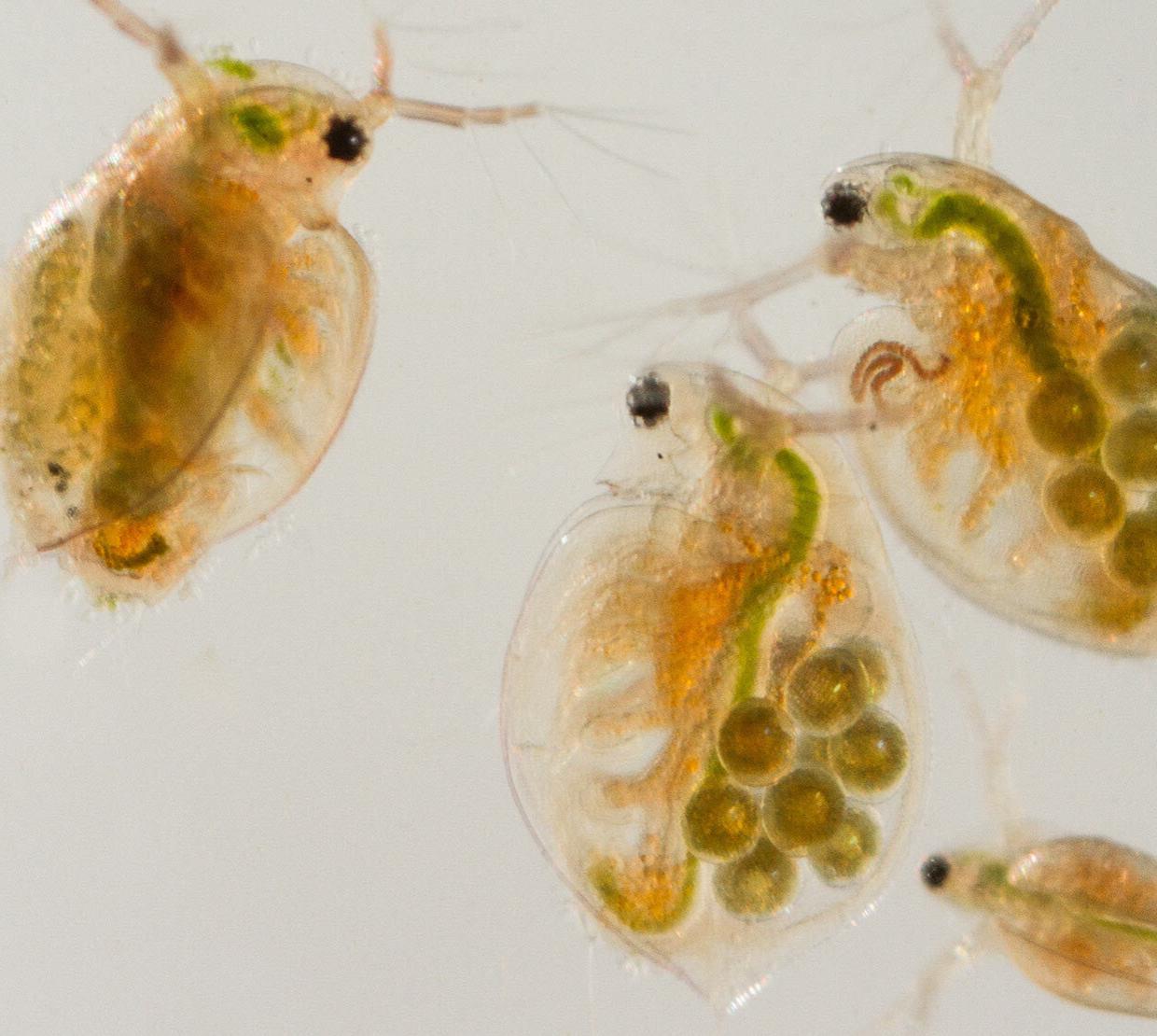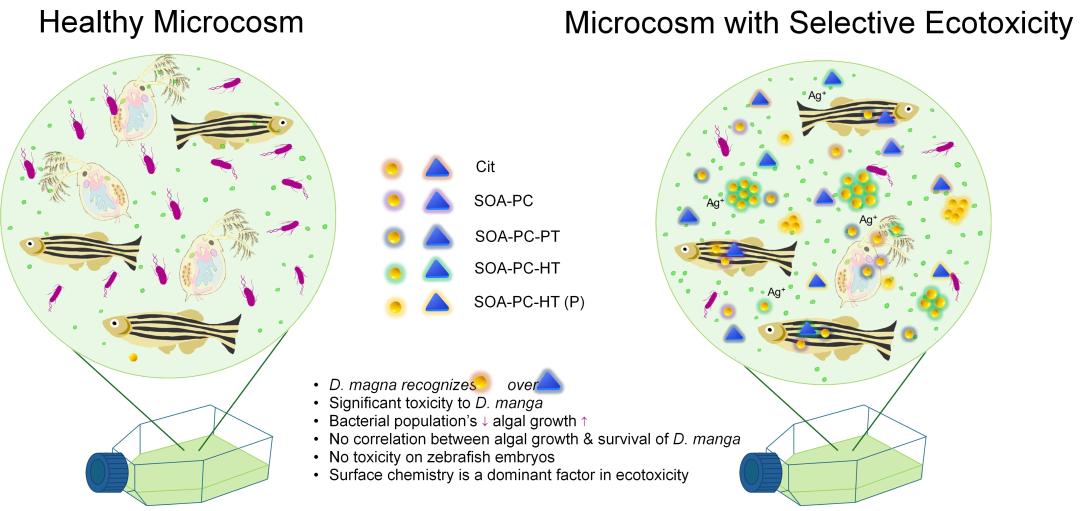Silver has long been used to thwart the spread of illness and in recent years silver nanoparticles have been incorporated into products ranging from sanitizers, odor-resistant clothes and washing machines to makeup, food packaging and sports equipment.
Nanoparticles are tiny pieces of material ranging in size from one- to 100-billionths of a meter. In addition to their antimicrobial properties, silver nanoparticles are industrially important as catalysts and in electronics applications.
Despite their ubiquity, little is known about their environmental toxicity or how it might be mitigated.
A collaborative team co-led by a College of Science researcher have taken a key step toward closing the knowledge gap with a study that indicates the particles’ shape and surface chemistry play key roles in how they affect aquatic ecosystems.
The findings, published in Nanomaterials, are important because they suggest silver nanoparticles can be produced in formats that preserve their beneficial properties while limiting environmentally negative ones.
Scientists led by chemist Marilyn Rampersad Mackiewicz and biological engineer Stacey L. Harper assessed how spherical and triangular-shaped silver nanoparticles with five different surface chemistries affected their uptake and toxicity in a laboratory microcosm of bacteria, algae, Daphnia and embryonic zebrafish.
Daphnia are tiny crustaceans, and zebrafish are a small freshwater species that go from a cell to a swimming fish in about five days.
Zebrafish are particularly useful for studying the development and genetics of vertebrates, including the effects of environmental contaminants and pharmaceuticals on early embryonic development. They share a remarkable similarity to humans at the molecular, genetic and cellular levels; embryonic zebrafish are of special interest because in addition to developing quickly, they are transparent and can be easily maintained in small amounts of water.
The authors note that hundreds of tons of silver nanoparticles are produced every year for commercial uses, meaning it’s inevitable some will end up in aquatic environments.
“Silver nanoparticles are not regulated by the Food and Drug Administration and not much is known about their toxicity except for the free silver ions that can result from surface oxidation of the nanoparticles,” said Mackiewicz, assistant professor of chemistry. “Free silver ions are known to be toxic and in this paper we found a way to study the toxicity of silver nanoparticles and how they impact the environment irrespective of poisonous silver ions.”
Mackiewicz, Harper and collaborators in the OSU colleges of Science, Engineering and Agricultural Sciences found silver nanoparticles negatively affect some species but not others.





